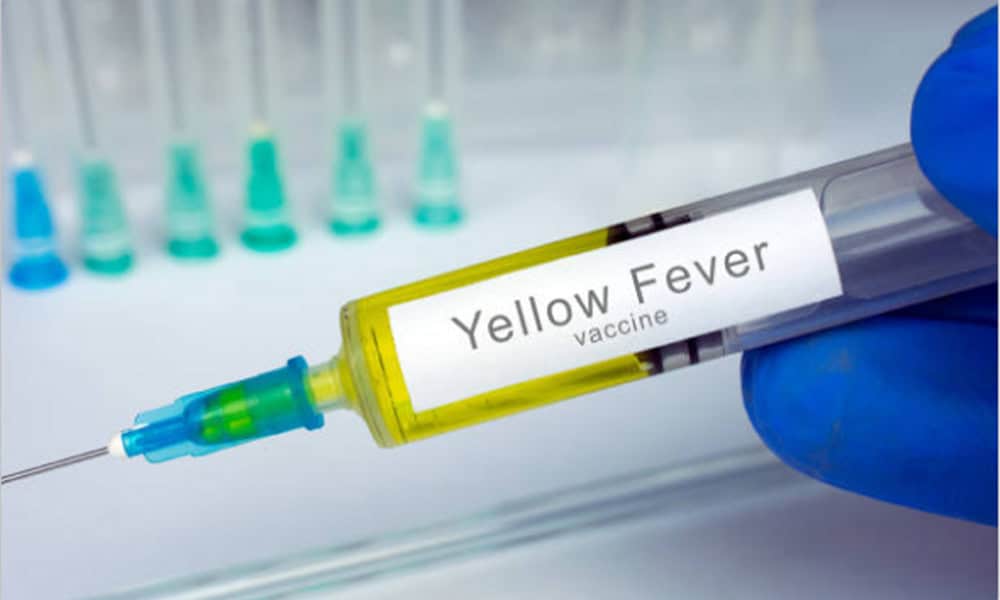Health officials in Costa Rica have confirmed the country’s first case of yellow fever in almost seven decades. The Ministry of Health announced the positive result on Sunday, marking a rare occurrence for a nation that has remained free of the disease since the 1950s.
The patient is a 29-year-old woman from the United States who recently traveled from Peru’s Amazon region. She began showing symptoms on October 7 and arrived in Costa Rica the next day. Tests conducted by the National Institute for Research in Nutrition and Health (INCIENSA) verified the infection, leading to her hospitalization in a public health facility run by the Social Security Fund (CCSS). Doctors are providing specialized care, and her condition remains under close watch.
This imported case highlights the risks tied to travel from areas where yellow fever circulates. The woman had not received the vaccine against the virus, which is recommended for anyone heading to high-risk zones like parts of South America and Africa. Yellow fever spreads through mosquito bites, often causing fever, headache, muscle pain, and in severe instances, organ failure. Many people recover after a mild phase, but others face a toxic stage with jaundice and bleeding.
Costa Rica’s health system responded quickly. Authorities activated surveillance protocols to track potential contacts and prevent any spread. Mosquito control teams stepped up efforts in affected areas, focusing on eliminating breeding sites for Aedes and Haemagogus species, the main carriers. Officials also reminded travelers to get vaccinated at least 10 days before trips to endemic regions.
The confirmation comes amid rising cases across the Americas. Reports from the Pan American Health Organization show over 200 confirmed infections in the region this year, with a fatality rate around 40%. Countries like Colombia, Brazil, and Peru have seen outbreaks, prompting Costa Rica to tighten entry rules earlier in 2025. Since May, people traveling from or to high-risk countries must show proof of vaccination or spend time in a low-risk area before entry.
The experts here point out that Costa Rica’s tropical climate could support mosquito vectors, but strong public health measures have kept the virus at bay for generations. The last recorded cases here date back to 1956, when a small outbreak affected rural communities. Since then, vaccination campaigns and vector control have maintained our country’s status as yellow fever-free.
For everyone here or coming to visit us, the message is clear: check vaccination status before international travel. Clinics across Costa Rica offer the shot, which provides lifelong protection after a single dose. Side effects are usually mild, like soreness at the injection site or low-grade fever.
Health Minister Mary Munive stressed the need for caution without alarm. “We have the tools to handle this,” she said in a statement. “Our teams are prepared, and we’re coordinating with international partners to stay ahead.”
Travelers from the U.S. or other non-endemic areas should consult guidelines from the Centers for Disease Control and Prevention or their local health departments. In Costa Rica, anyone experiencing symptoms after recent travel should seek medical help right away and mention their itinerary.
This case should serve as a reminder to us all of how connected global health threats remain. With tourism rebounding, Costa Rica welcomes millions each year, many drawn to its rainforests and beaches. Staying informed and protected helps keep everyone safe.
As investigations continue, officials will update us and of course we will report on any developments. For now, the focus stays on containment and education to avoid further incidents.






